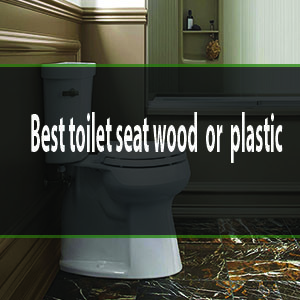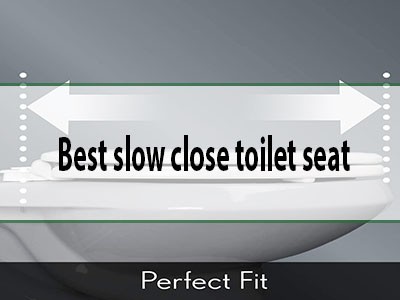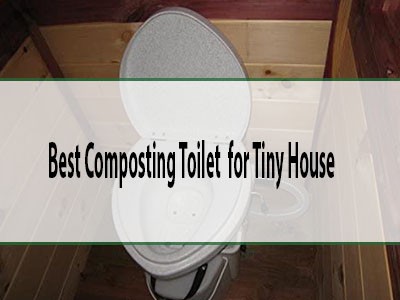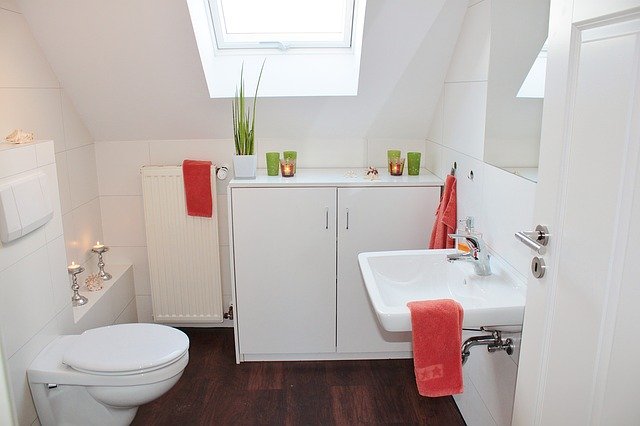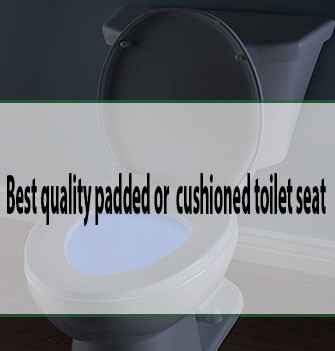Have you ever wondered why toilet paper, once available in a rainbow of colors, now only seems to come in plain white? It’s a question that might pop into your mind while standing in the bathroom aisle, staring at rows of bland, monochrome rolls.
You’re not alone in this curiosity. Understanding why toilet paper colors vanished can unravel fascinating insights into health, consumer preferences, and even environmental concerns. You’ll discover the reasons behind this shift, and maybe even find a new appreciation for the unassuming white roll in your bathroom.
Stay with us as we dive into the past and explore the colorful history of toilet paper and the intriguing reasons behind its transformation to white.
Table of Contents
History Of Colored Toilet Paper
In the past, people loved colored toilet paper. It came in pink, blue, and even green. Many bathrooms looked bright and fun with these colors. Colored toilet paper was a big hit in the 1960s and 1970s.
Doctors began to worry about skin irritation. Colored dyes might cause allergies. This concern made people think twice. Many switched back to plain white paper. White toilet paper looked clean and safe. It also matched any bathroom style.
Environmental concerns grew too. Making colored paper used more chemicals. People wanted to help the planet. So, they chose eco-friendly options. Less dye meant less harm to nature. Today, most toilet paper is white for these reasons.
Rise And Fall Of Colored Toilet Paper
Colored toilet paper was once very popular. People loved the bright colors. Pink, blue, and green were common. They matched bathroom decor. It was fun and stylish.
Then, things changed. People learned colors might not be safe. Chemicals used for coloring worried many. Skin is sensitive. Colored paper could cause skin problems.
White toilet paper became a better choice. It is safe and gentle. No more worries about chemicals. It is also more eco-friendly. Making white paper uses fewer dyes.
White toilet paper is everywhere now. It is the best option for health. It fits any bathroom style too. Colored paper is now hard to find.
Environmental Concerns
Colored toilet paper uses dyes which are not eco-friendly. These dyes can harm water bodies when flushed. Many of them are made from harmful chemicals. Animals and plants get affected by these chemicals. Using dyes adds to pollution. It is bad for the environment. White toilet paper is now more common. It is safer for our planet.
Many people choose recycled toilet paper today. It is better for the earth. Recycled paper uses less water and energy. No dyes make it even more safe. Some brands offer bamboo toilet paper. Bamboo grows fast and is sustainable. Both options help protect nature. Choosing eco-friendly products helps the environment. It makes a big difference.

Credit: www.amazon.com
Health Implications
Many people have sensitive skin. Colored toilet paper can cause irritation. The dyes used might lead to allergic reactions. Plain white toilet paper is gentler on the skin. It reduces the risk of rashes and discomfort. This is important for people with delicate skin.
Health standards are very strict today. Colored toilet paper once had chemicals. These chemicals could be harmful to humans. Now, white toilet paper is seen as safer. It meets the health guidelines better. Safety is a top priority for everyone. This change keeps people protected and healthy.
Consumer Preferences
Many people love simple things. White is a simple color. It fits in with minimalist styles. It matches with any bathroom design. Colors can look busy or cluttered. Simple white feels calm. It makes people happy. Simple designs are popular now.
White often means clean and fresh. Colored toilet paper might hide dirt. People want to see if paper is clean. White paper shows dirt clearly. It helps people feel safe. Clean is very important in bathrooms.
Cost Factors
Colored toilet paper needs special dyes. These dyes are expensive. White paper needs no dyes. This makes it cheaper to make. Factories save money this way. They can use it for other things. Special machines mix the dyes. These machines cost a lot. They need regular cleaning too. This adds to the cost. White paper skips these steps. So, it is less costly to make.
People don’t want colored toilet paper much. Many prefer white. It’s simple and clean. Stores stock what people buy. They don’t want unsold items. Colored paper may stay on shelves. It takes up space. This is bad for business. White sells fast. It’s a safe choice. Companies focus on white. They meet what most people want.
Industry Perspectives
Colored toilet paper was once very popular. But now, most are white. Manufacturers say colored toilet paper is not as eco-friendly. Dyes can be bad for the environment. Making white paper uses fewer chemicals. This makes it better for the earth. Cost is another factor. White paper is cheaper to produce. This saves money for both makers and buyers. Many people also prefer white for its clean look. It matches any bathroom style.
Stores say white toilet paper sells best. Shoppers often choose what is familiar. People might think white is more hygienic. Colored paper can also fade over time. This makes it look old. Retailers want to stock what people buy. So, they offer more white options. It’s also easier for stores to manage fewer colors. This helps them keep shelves neat and well-stocked.
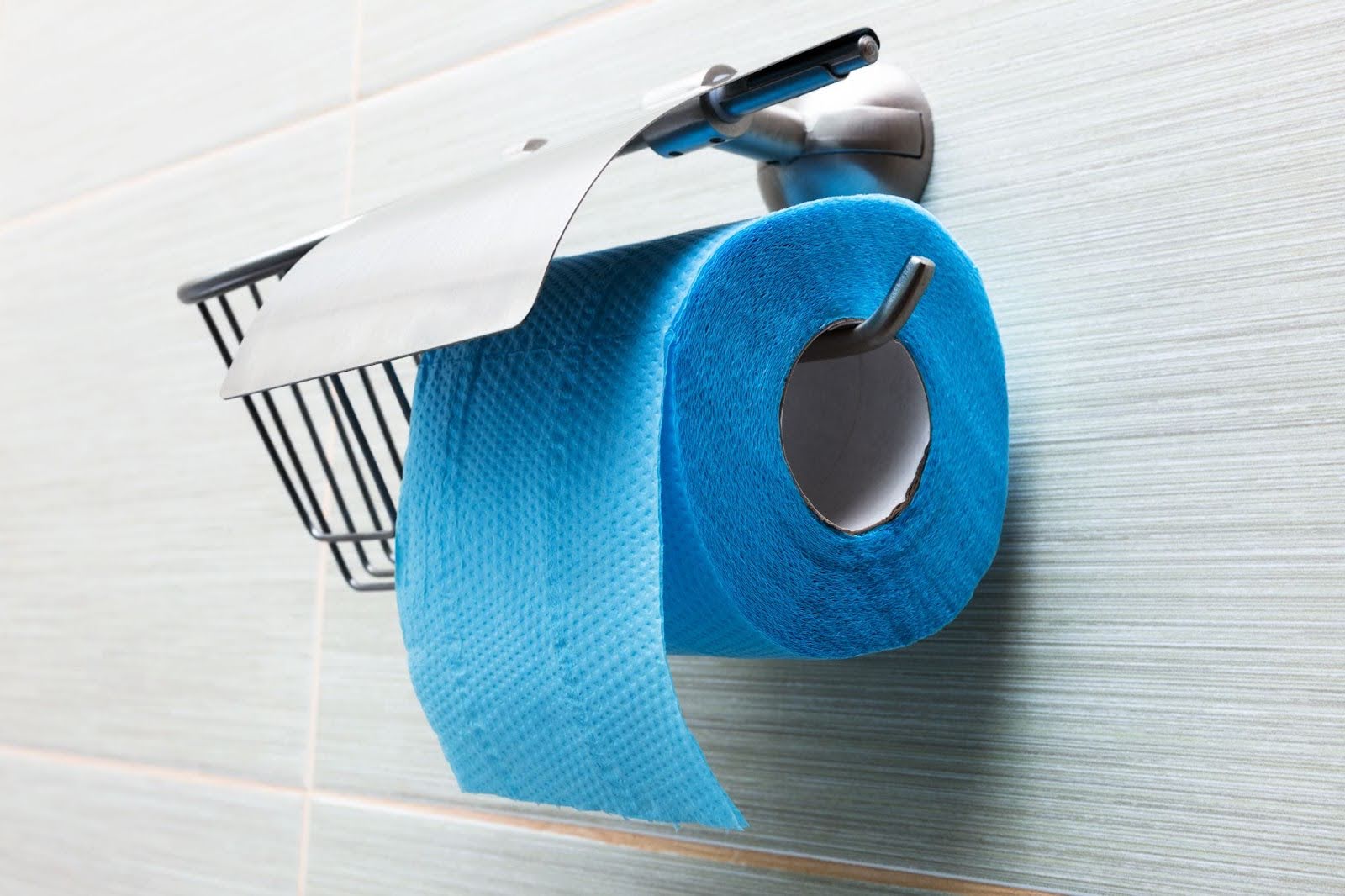
Credit: www.reelpaper.com
Future Of Toilet Paper
Toilet paper has room for new ideas. Scientists and designers are exploring changes. Colors may return, but health is important. Safe dyes could make colors possible. Some people want more comfort. Thicker paper and softer feels are in demand. Patterns might make paper fun. Designs can be cute or classy.
People care about the earth. They want eco-friendly toilet paper. Recycled paper is popular. It’s good for the planet. Bamboo paper grows fast and is strong. It saves trees. Some papers are biodegradable. They break down quickly. This helps our environment. Companies focus on green products. Saving nature matters to everyone.
Frequently Asked Questions
Why Was Colored Toilet Paper Popular?
Colored toilet paper was popular due to its aesthetic appeal. People liked matching it with bathroom decor. It also provided a novelty factor. However, concerns about dyes and chemicals led to its decline. Environmental and health awareness shifted preferences towards plain, white toilet paper.
Are There Health Risks With Colored Toilet Paper?
Colored toilet paper raised concerns due to potential skin irritations. Dyes and chemicals could cause allergies or sensitivities. Health-conscious consumers preferred safer options. Manufacturers responded by prioritizing product safety. This shift contributed to the decline of colored toilet paper in the market.
How Did Environmental Concerns Affect Colored Toilet Paper?
Environmental concerns impacted colored toilet paper due to its non-biodegradable dyes. White toilet paper became favored for being eco-friendly. Consumers prioritized sustainability, influencing production changes. Manufacturers adapted to meet growing demand for environmentally friendly products. This led to the decline of colored options in stores.
Can You Still Buy Colored Toilet Paper?
Colored toilet paper is rare but not entirely gone. Some specialty or novelty brands offer limited options. However, it’s less common due to health and environmental concerns. Most consumers prefer white toilet paper for safety and sustainability. Availability may vary by region and store.
Conclusion
Toilet paper used to come in colors. Why not anymore? Safety concerns led to the change. Dyes might irritate sensitive skin. Environmental issues also played a role. Colored paper is harder to recycle. Consumers prefer plain white now. It’s more natural and safer.
Companies listen to customer preferences. Trends evolve over time. What was once popular can change. Keep this in mind when shopping. Choose products that suit your needs. Style and safety matter most.


